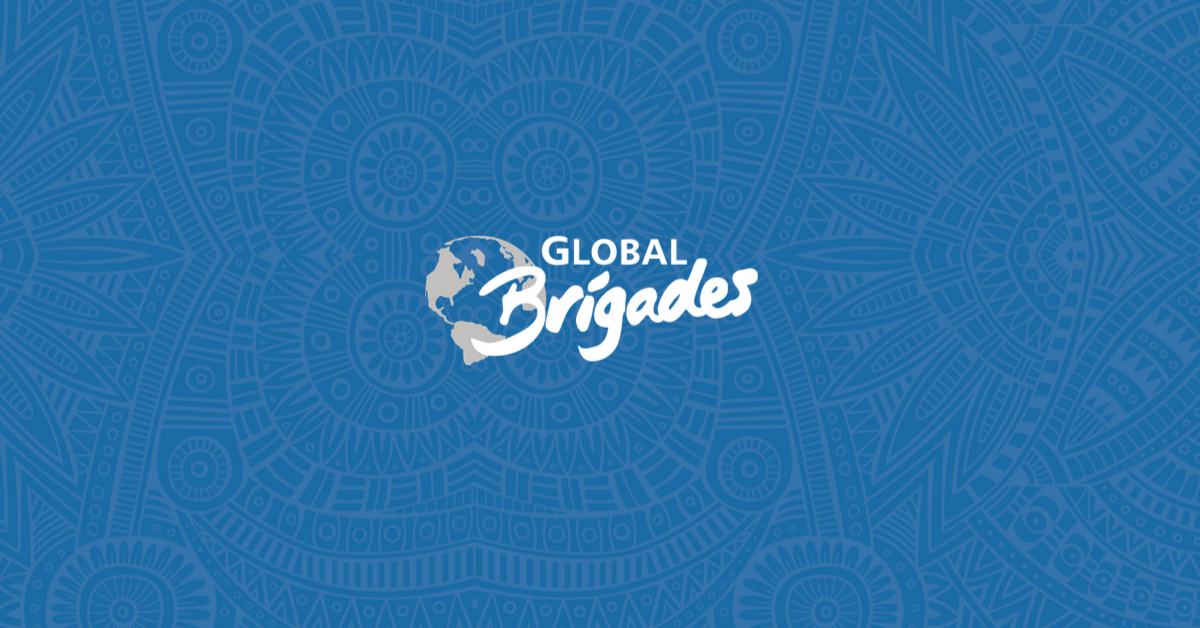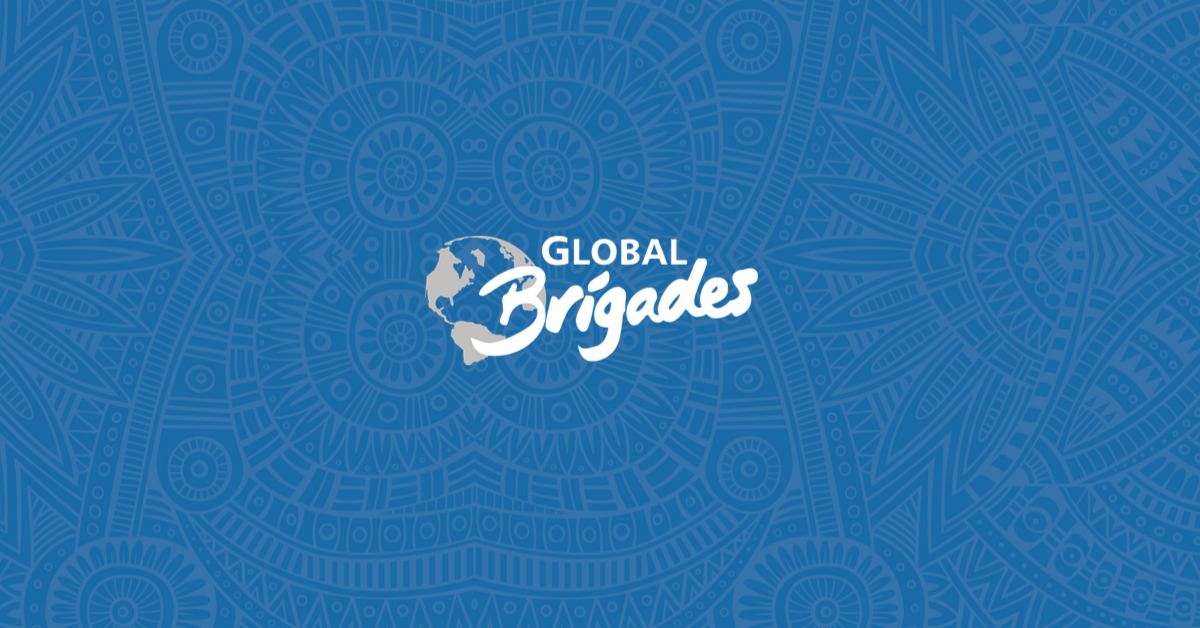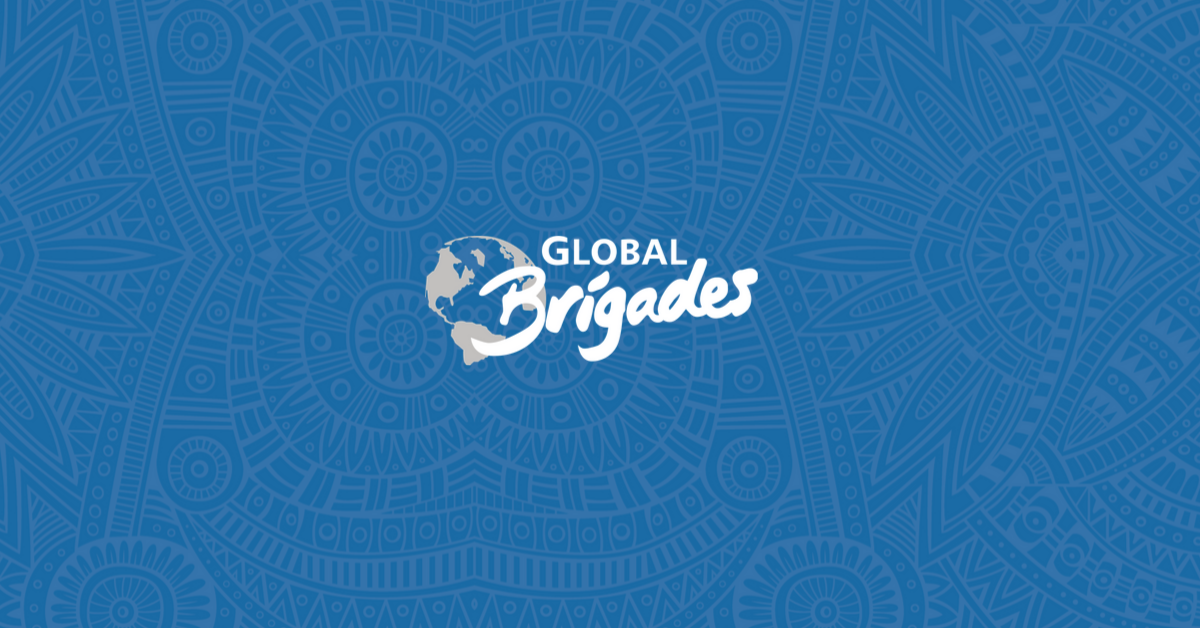The following blog post was written by guest blogger Claire Seigworth. Claire graduated with a B.A. in International Relations and a minor in Spanish Literature from Marquette University. She has traveled to many Latin American countries, studied in Santiago, Chile and worked in Panama for Global Brigades.
Panama is a prime example of stability and economic growth in Latin America, and especially in Central America. To understand Panama’s current status and where it needs to make progress, it is necessary to understand how Panama is working to develop its economy and human capacity.
Economy
Panama’s most famous landmark, the Panama Canal, is a major engine of economic growth. GDP growth in Panama over the past decade has been impressive, even during the global economic recession. Economic growth has slightly declined from 10.6 percent in 2011 to 8.5 percent in 2012, but it is projected to grow at 9 percent in 2013.[1]
Despite the extraordinary growth in the Panamanian economy, it is important to interpret the data at a more individual level instead of the aggregate. Last year GDP per capita was $15,300, continuing its impressive growth in GDP per capita over the past decade.[2] Nevertheless, there is a high level of poverty. With a gini coefficient of 55.1 out of 100, Panama follows the regional trend of high income inequality. Panama has had tremendous success in generating wealth, but still has a lot of work to do to reduce poverty.
Human Development
Panama has long scored in the high level of human development according to the Human Development Index. Panama has a HDI score of .780, which ranks 59th in the world globally.[3] However, when Panama’s HDI score is adjusted for income inequality, they have a score of only .580.[4]
The Millennium Development Goals created by the United Nations set goals for progress in various areas of health and human development. Panama scored 5 out of 8 in its improvement in reaching the Millennium Development Goals by 2015. Panama has made good progress in halving the amount of people that live on $1.25 per day and people without access to clean drinking water, giving access to universal education, and achieving gender equity in education.[5] Panama is off track in halving its undernourished population and reducing maternal mortality by three fourths.[6] Panama is not likely to meet the MDGs of decreasing child mortality by two thirds or halting the spread of HIV/AIDS.[7]
Panama has made progress in improving the health of its citizens, but there is a huge difference in between those who are wealthy and those who live in poverty. Ranking 95th in the world by the World Health Organization, Panama needs to improve health care in its less developed parts of the country.[8] Panama is certainly a leader in economic and human development in Central America but needs to focus on reducing poverty as it will be an obstacle to growth in the future.




